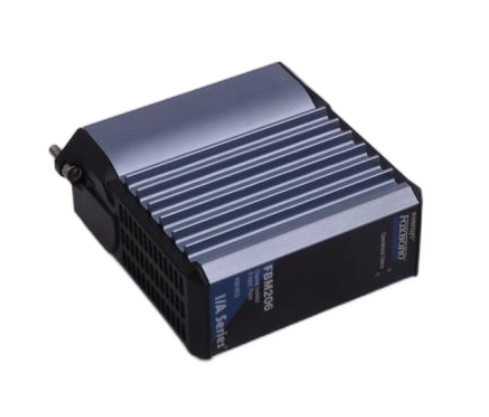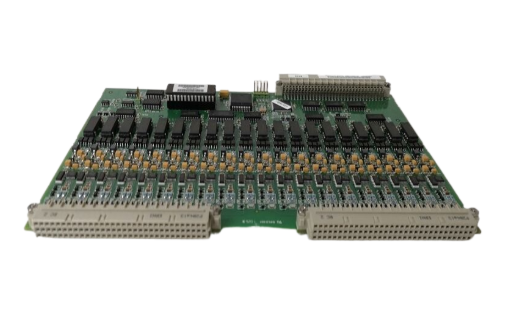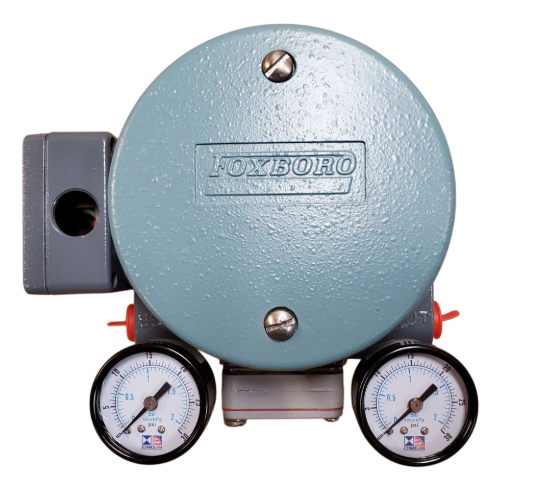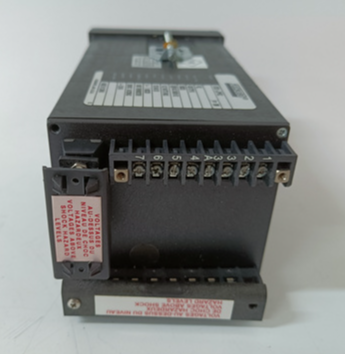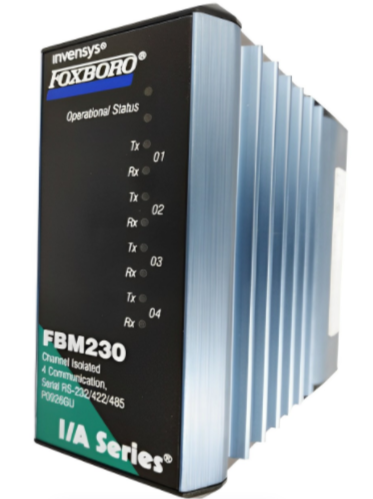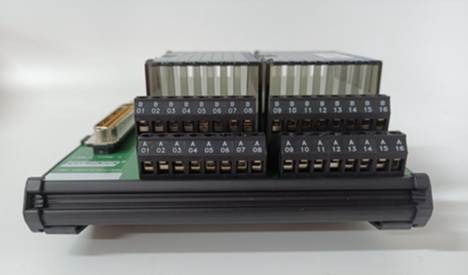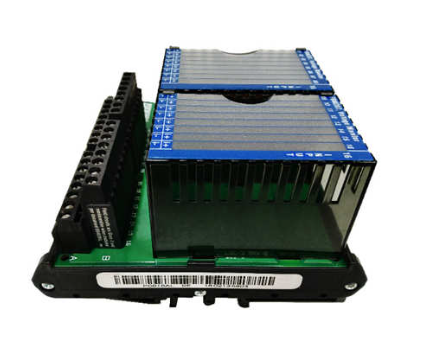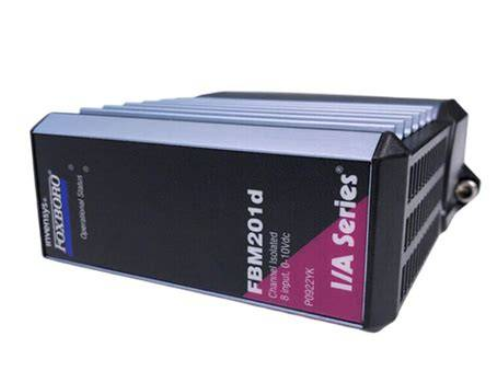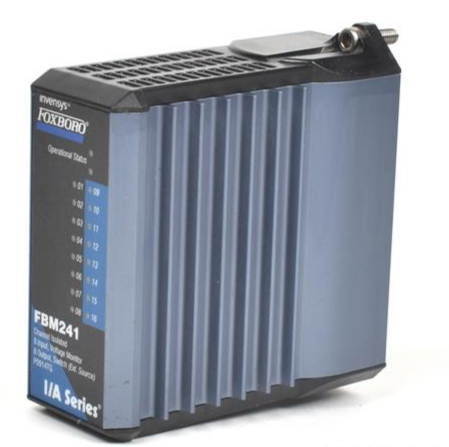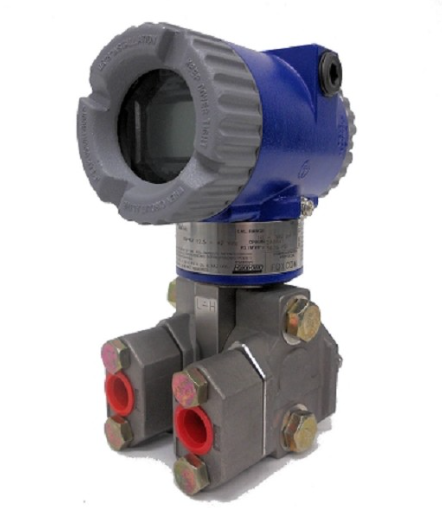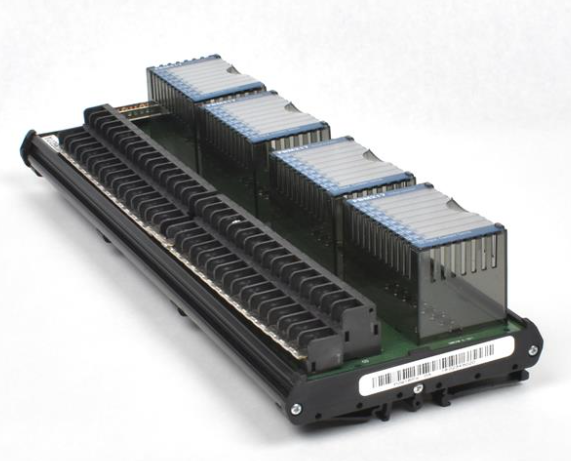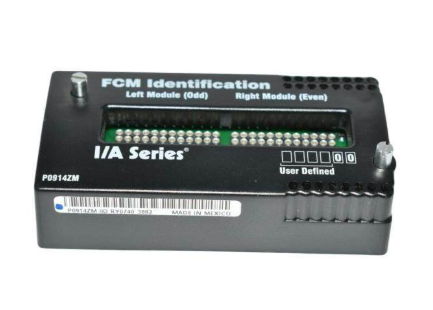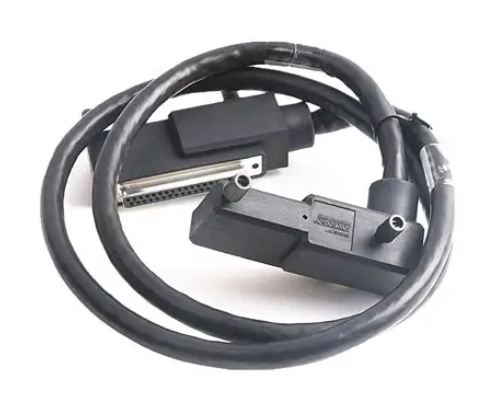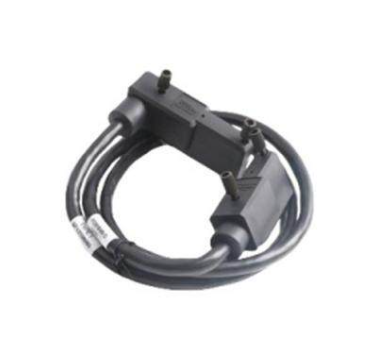Progress in the application of biomass energy power generation technology at home and abroad
0 Introduction
In 2020, the CO2 emissions of China's power industry accounted for nearly 50% of the total emissions of the energy industry, and the emission reduction process of the power industry directly affects the overall process of "carbon peak" and "carbon neutrality". To achieve "carbon peak" and "carbon neutrality", on the one hand, we must gradually reduce the consumption of fossil energy, and at the same time, we must effectively increase the proportion of renewable energy consumption.
As a renewable clean energy, biomass energy is also the fourth largest energy source after coal, oil and natural gas, accounting for about 10.0% of the world's energy consumption. In the 1970s, Nordic countries began to explore biomass energy such as ethanol; In 1993, Japan restarted the "Sunshine Program" to develop renewable energy; In 2000, the European Union adopted the European Policy for Security of Energy Supply to encourage the development of biomass fuels. In 2013, India proposed to double unconventional energy.
According to the "China Renewable Energy Development Strategy Research Report" of the Chinese Academy of Engineering, the total amount of clean energy mined annually in China, including solar energy, is equivalent to 2.148 billion tons of standard coal. Among them, biomass energy accounts for 54.5%, which is 2.0 times of hydropower and 3.5 times of wind power, and is the most promising renewable energy in China.
1 Biomass pure combustion power generation technology
1.1 Introduction of biomass energy heat utilization technology
Biomass energy is the only renewable carbon energy at present, and combustion is an efficient way to clean the use of biomass energy. Biomass energy can be divided into forestry waste, agricultural waste, urban waste and industrial organic waste according to different sources. Biomass energy thermal utilization technology includes physicochemical method, thermochemical method and biochemical method, as shown in Figure 1. Among them, biomass energy direct combustion power generation technology is divided into pure burning biomass and mixed combustion with coal, which can achieve large-scale and efficient utilization of biomass energy, and the technology is gradually developing and improving from basic research to engineering application.

1.2 Biomass fuel combustion characteristics
Biomass fuel has high volatile component content and is easy to burn, and its net emission rate of CO2 after combustion is 0,NOx emissions are only 1/5 of coal, and SO 2 emissions are only 1/10 of coal. The content of N and S elements in biomass fuel is small, but the content of inorganic impurities such as K and Cl is high, which will lead to problems such as slag formation in boiler, ash deposition on heating surface, chlorine corrosion on low temperature heating surface, and high temperature corrosion on superheater tube during direct combustion, especially when the power generation parameters of biomass pure combustion power plant are improved to improve the overall power generation efficiency. The high temperature corrosion caused by superheater surface deposition will seriously affect the normal operation of the power plant. The relationship between the heated surface wall temperature and the metal corrosion rate is shown in Figure 2.
Ash deposition will cause heating surface wear and corrosion, and may lead to reduced power generation, and even unplanned furnace shutdown. Although soot blowing can be used to control deposition, uncontrolled deposition can still occur in locations that are difficult for cleaning equipment to reach. Because the heat transfer coefficient of ash accumulation is 1/40 of steel, when the ash accumulation is serious, it will even lead to pipe explosion, which directly threatens the operation safety of the boiler. The solution to the ash deposition problem has received extensive attention in the world. As shown in Figure 3, the publication of ash deposition theses retrieved by the Web of Science in recent 5 years, it is evident that ash deposition was studied on many subjects in our country in recent years, however, the current research results can not completely solve the ash deposition problem.
1.3 Development status of biomass pure combustion power generation technology abroad
Due to the different energy structure, the research and development of biomass pure combustion power generation technology in foreign countries, especially in European countries, is earlier than our country. A representative biomass boiler company, its combustion technology and application are as follows.
Danish BWE company pioneered the development of straw combustion power generation technology. With the technical support of this energy research and development company, the first straw bio-burning power plant was born in Haslev, Denmark, in 1998, with a capacity of 5.0 MW. At present, 130 straw power plants have been built in Denmark, and some power plants that burn wood chips or waste can also burn straw. The main boiler types are vibrating grate furnace and powder chamber furnace. Compared with the powder chamber furnace, the grate furnace system is simple in structure, easy to operate, easy to control the combustion temperature, can alleviate the phenomenon of ash and slag accumulation, and the investment is relatively low. The biomass burning power plant in Elyan, UK was once the world's largest straw power plant with an installed capacity of 38.0 MW, which also uses BWE's biomass burning power generation technology.
Foster Wheeler biomass circulating fluidized bed (CFB) boiler technology, the unit generation power of 3.0 ~ 47.0 MW. Its biomass fuel is mainly wood processing waste, paper waste, etc. The highest water content of waste can reach 60.0%, the smoke exhaust temperature is 140℃, and the boiler thermal efficiency is 88.0%. In early 2005, Foster Wheeler signed an agreement with Semb Corp Utilities UK Limited to supply bubbled fluidized bed boilers for the latter's 30.0 MW wood-fueled generator set.
Takuma, a Japanese company, has sold more than 500 steam boilers for power generation and heating in Japan and overseas, using wood chips, bagasse, and grain residues.
Belgium Brusselwink Energy Technology Company, as early as the 20th century to the 1930s began to burn straw boiler design and manufacturing, is one of the world's first use of biomass as fuel boiler companies. The fuel of the boiler is mainly wood waste, wood construction waste, paper waste and municipal waste. The company's inclined hydraulic mobile grate furnaces, with a thermal efficiency of up to 85.0%, are more suitable for biomass burning generators below 20.0 MW.
Bobcock&Wilcox's products include grate stoves and CFB boilers. Ge uses CFB combustion and has built a number of biomass power plants in California with a capacity of around 2.5 MW.

1.4 Development status of domestic pure fuel bio-power generation technology
China is the world's largest energy consumer, in order to reduce carbon emissions, to achieve low-carbon development, China in the adjustment of energy structure to give priority to the development of renewable energy, including biomass energy with its various natural advantages to become the focus of renewable energy development. In 2006, Shanxian County, Shandong Province, was built with a 30.0MW small biomass pure combustion power generation system with BWE biomass stoker technology, equipped with a 130 t/h vibrating stoker high-pressure boiler. China's total installed capacity of biomass combustion power generation increased from 12.1 GW in 2016 to 22.5 GW in 2019, an increase of more than 20.0% for three consecutive years, and completed the total installed capacity of biomass power generation in advance of the "13th Five-Year Plan".
In the development process of biomass pure combustion power generation technology, CFB has the advantages of wide fuel adaptability and low pollutant emission, and considering the investment in unit construction, CFB combustion mode is generally adopted in new units. As of April 2020, the number of pure biomass burning units in China is nearly 440, including 336 CFB units. After 2010, pure burning biomass units have developed in the direction of large capacity and high parameters. Several milestone projects include the commissioning of a 50.0MW biomass CFB boiler generator unit in Zhanjiang, Guangdong Province, in 2011; In 2016, the world's first 125.0MW biomass CFB boiler designed and manufactured in China was put into operation in Thailand. Since 2019, a large number of ultra-high pressure reheat biomass CFB boilers have been widely used in industry. At present, the ultra-high pressure 80.0MW biomass fluidized bed unit is being installed and commissioned.
Biomass fuels in Europe are mainly forestry wastes, while biomass fuels in China are mainly agricultural wastes, which are more prone to problems such as ash and slag accumulation and corrosion in combustion engineering. With the continuous development of the demand for biomass pure fuel power generation industry, the number of domestic enterprises with the corresponding equipment design and manufacturing capabilities has gradually increased. Whether in terms of installed capacity or unit parameters, China's biomass CFB pure fuel technology has reached the world's advanced level.
1.5 Existing problems 1.5.1 Cash flow pressure of power generation projects
Biomass pure combustion power generation technology has a great space for development in China, but there are still many constraints in the entire industry, the most prominent of which is that the business model of pure combustion biomass power generation project has a large cash flow pressure. On the one hand, the cost of biomass fuel is high, and the supply is affected by seasonal factors, and the price fluctuates greatly. On the other hand, renewable energy electricity price subsidies and the government's VAT rebate policy cause the amount of receivables to be high, and the return time is uncertain.
1.5.2 Continuous operation period to be extended
Although domestic and foreign scholars have conducted a lot of research on the ash and slag accumulation characteristics of biomass fuel, and have also improved the boiler design accordingly, the operation situation shows that the continuous operation cycle of pure biomass CFB boiler is still less than 6 months. The main reasons are the slagging of the bed material, the agglomeration of the return valve, the accumulation of ash on the convection heating surface, the corrosion of the high-temperature heating surface in the furnace and the low-temperature heating surface of the tail flue, and the greater toughness of the biomass, which is easy to cause the wear and heat of the cutting head. Impurities and fibers in biomass can also cause clogging of feeding systems and separators.
1.5.3 Pollutant discharge problem
At present, China has no specific provisions for the emission of pollutants from pure burning biomass generators, and can only refer to GB 13223-2011 "Air pollutant emission standards for thermal power plants", and NOx and SOx emissions are required to be less than 100 mg/ m3. With the increasingly stringent pollutant emission requirements for coal-fired power plants, the future pollutant emission control of pure burning biomass power plants should also be strictly implemented in accordance with the ultra-low emission standards for coal-fired power plants, with NOx below 50 mg/ m3 and SOx below 35 mg/ m3.
In biomass fuel, the sulfur content is low, and the alkali metal content is high, which has a good self-desulfurization performance. On the basis of optimized design, the original SOx emission of most boilers can meet the requirements of ultra-low emission. For individual biomass fuels with high sulfur content, the method of adding limestone in the furnace can be used to desulphurize, which has low investment and operating cost, and can also easily achieve ultra-low emission of SOx.

Regarding NOx emission, the original generation of NOx can be effectively controlled by strengthening the local reducing atmosphere on the surface of coke particles through the adjustment of the flow pattern in the furnace, adjusting the ratio of primary and secondary air and the setting of secondary air, and increasing the reducing atmosphere space in the furnace. On this basis, the addition of non-selective catalytic reduction (SNCR) method to further reduce nitrogen oxide emissions can achieve ultra-low emissions.
Whether it is desulfurization or nitrogen removal, in order to further achieve the requirements of ultra-low emissions, it is necessary to increase a certain amount of investment and operating costs. The power generation cost of pure biomass power plants has further increased, and the survival difficulty of power plants has increased in the case of inadequate policy subsidies.
2 Biomass mixed combustion technology
2.1 Technical Advantages
Due to the regional nature of biomass energy, it is difficult to expand the scale of pure burning biomass power plants. In addition, considering the high temperature corrosion caused by biomass combustion, the improvement of steam parameters is limited, and the thermal efficiency of pure biomass power plants is low. If the existing boilers, steam turbines and auxiliary systems of coal-fired power plants can be used to replace part of coal as boiler fuel with biomass fuel, the initial investment in pure biomass power generation can be greatly reduced. Relevant studies have shown that processing the same amount of biomass fuel can save about 50.0% of the initial investment. In addition, the parameters of the coal-fired boiler units in operation are high, and the power supply efficiency is generally about 40.0%. Relying on high-efficiency coal power units, the power supply efficiency can be improved by about 10.0% compared with pure burning biomass power plants.
The most prominent advantage of biomass co-firing technology is that when biomass is co-fired with coal, the content of alkali metal and Cl in biomass fuel is diluted by the addition of coal, and a series of problems such as ash and slag deposition in boiler operation can be effectively solved, and the boiler availability rate can reach the level of coal-fired boilers.
Due to the above-mentioned advantages of coal-fired coupled biomass power generation, it is widely used around the world, and the proportion of biomass power generation in some countries is as high as 15.0% to 20.0%.
2.2 Application status of biomass mixed firing abroad
At present, EU countries have taken various measures to reduce CO2 emissions from coal-fired power generation in terms of regulations, policies and technologies, and one of the main technical measures is coal-fired coupled biomass power generation. With specific carbon emission reduction indicators, coupled with the government's policy drive to promote coal-fired coupled biomass power generation, coal-fired coupled biomass power generation in EU countries has been well promoted and applied for more than 30 years, and valuable experience has been gained in policies, regulations and coal and biomass co-burning technology in large coal-fired power plants.

DONG Energy 2× 430.0MW supercritical combustion of a variety of fuels/biomass power plant in Copenhagen, Denmark, through the mixed burning of a variety of fuels and biomass, including a biomass reciprocating furnace boiler dedicated to burning straw, can burn 170,000 t of straw per year, the generated supercritical parameter steam and steam generated by pulverized coal furnace mixed power generation. At the same time, in the supercritical pulverized coal furnace, the mixed burning of waste wood molding particles can consume 160,000 tons of waste wood and 500,000 tons of coal every year.
Japan already has 20 coal-fired power plants planned for biomass cogeneration, with a total installed capacity of about 1 GW. The policy target for biomass power generation in 2030 is 5 GW. In 2017, Japan imported 500,000 t of wood pellets and 1.4 million t of palm kernel shells (PKS). It is estimated that by 2023, Japan's wood pellet imports will exceed 5 million tons.
The Drax power plant is the largest thermal power plant in the UK with a capacity of 4 GW, including a 6×660.0 MW front and rear wall counter fired boiler. The biomass co-firing transformation project of the power plant started in the second half of 2008, and now six boilers are transformed into mixed-firing boilers equipped with biomass independent grinding, which is the largest biomass co-firing pulverized coal furnace power plant in the world. The power plant uses 1.5 million tons of biomass per year for mixed combustion, which can reduce CO by 22 million tons. After the completion of the transformation, it also has good economic benefits. In 2015, the total revenue of the power plant was £2.638 billion, of which the income from incentives and feed-in tariff subsidies for co-burning biomass was £451.8 million, accounting for 17.0% of the total revenue.
Finland Alholmens Kraft 550.0MW thermal power plant has the largest biomass and coal combined combustion capacity CFB unit in foreign countries, boiler evaporation capacity is 702 t/h, steam pressure is 16.5 MPa, steam temperature is 545℃, fuel is coal (10.0%), peat (45.0%), coal (10.0%). Forest waste (10.0%) and industrial waste wood (35.0%).
- EMERSON
- Honeywell
- CTI
- Rolls-Royce
- General Electric
- Woodward
- Yaskawa
- xYCOM
- Motorola
- Siemens
- Rockwell
- ABB
- B&R
- HIMA
- Construction site
- electricity
- Automobile market
- PLC
- DCS
- Motor drivers
- VSD
- Implications
- cement
- CO2
- CEM
- methane
- Artificial intelligence
- Titanic
- Solar energy
- Hydrogen fuel cell
- Hydrogen and fuel cells
- Hydrogen and oxygen fuel cells
- tyre
- Chemical fiber
- dynamo
- corpuscle
- Pulp and paper
- printing
- fossil
- FANUC
- Food and beverage
- Life science
- Sewage treatment
- Personal care
- electricity
- boats
- infrastructure
- Automobile industry
- metallurgy
- Nuclear power generation
- Geothermal power generation
- Water and wastewater
- Infrastructure construction
- Mine hazard
- steel
- papermaking
- Natural gas industry
- Infrastructure construction
- Power and energy
- Rubber and plastic
- Renewable energy
- pharmacy
- mining
- Plastic industry
- Schneider
- Kongsberg
- NI
- Wind energy
- International petroleum
- International new energy network
- gas
- WATLOW
- ProSoft
- SEW
- wind
- ADVANCED
- Reliance
- YOKOGAWA
- TRICONEX
- FOXBORO
- METSO
- MAN
- Advantest
- ADVANCED
- ALSTOM
- Control Wave
- AB
- AMAT
- STUDER
- KONGSBERG
- MOTOROLA
- DANAHER MOTION
- Bently
- Galil
- EATON
- MOLEX
- Triconex
- DEIF
- B&W
- ZYGO
- Aerotech
- DANFOSS
- KOLLMORGEN
- Beijer
- Endress+Hauser
- MOOG
- KB
- Moxa
- Rexroth
- YAMAHA
- Johnson
- Westinghouse
- WAGO
- TOSHIBA
- TEKTRONIX


Email:wang@kongjiangauto.com


